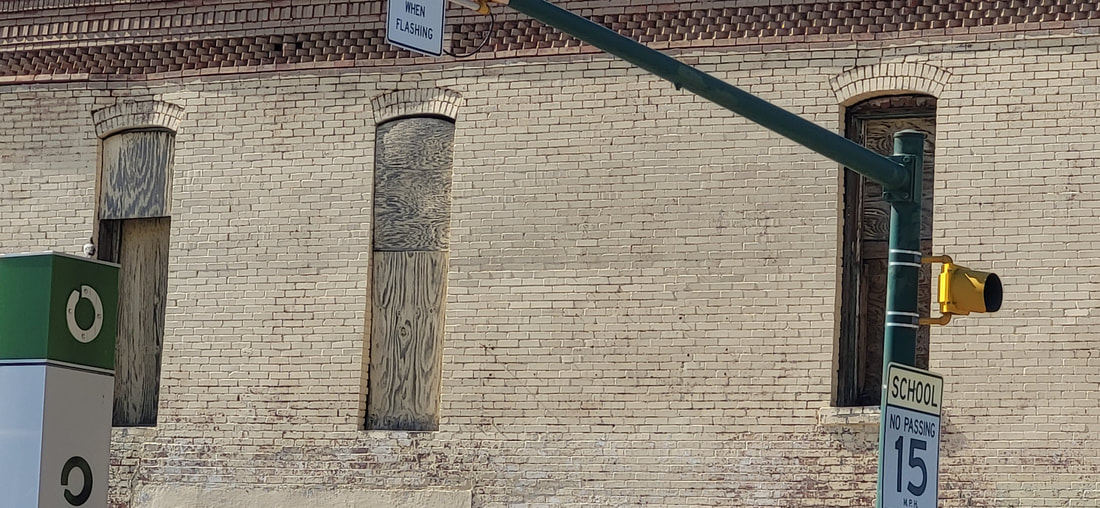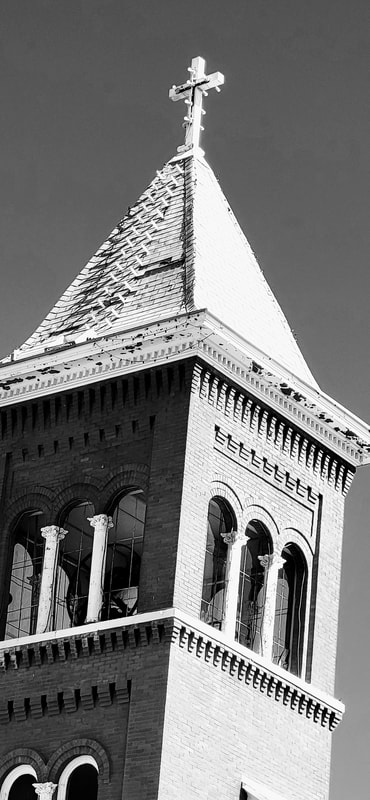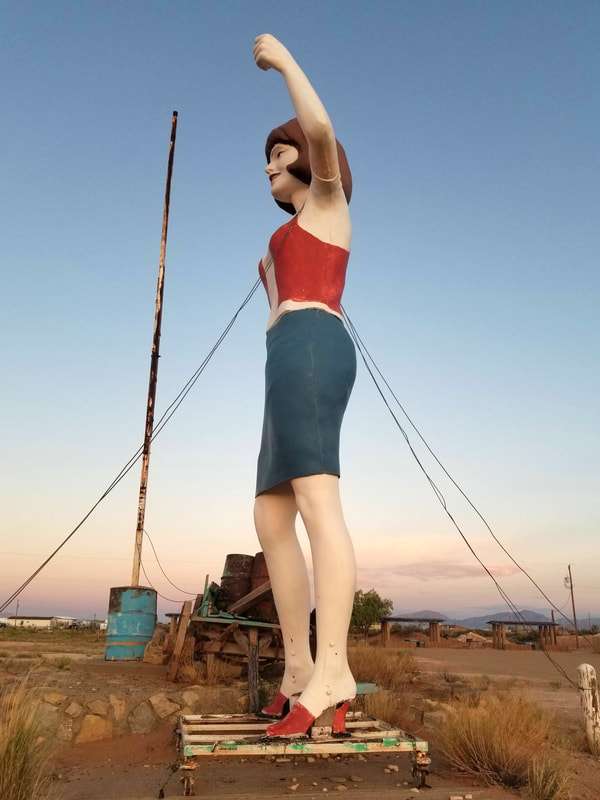|
This post was originally published a year ago today, March 9, 2017. I've updated it with new images and new comments.  Like other holidays, the radical roots of International Women's Day have been forgotten by most people. While community organizers, activists, and historians remember, most Americans do not. Spurred on by the horrors of the current administration, a "Day without a Woman" was organized for today. Trump announced he has "tremendous respect" for the roles women play in society. Google honored 13 women, including Ida B. Wells and Frida Kahlo. [Update: There was no "Day Without a Woman" this year but Trump's 2018 International Women's Day statement continued to boast about his administration's respect and work on behalf of women: "As we mark International Women's Day, we remain committed to the worthwhile mission of enhancing women's leadership in the world and building a stronger America for all." Of course we know this is in direct opposition to the truth of what has happened in the past year.] Today, I want to remember the radical origins of International Women's Day. Aftermath of the shirtwaist fire, NYC, 1909 The industrial revolution was made possible by the work of enslaved people in the South and poor, often immigrant, people in the North. Textile and garment factories sought immigrant workers, including children and women whom they could pay less in order to make a profit. Working conditions were horrendous. In 1908, girls and women in New York City went on strike demanding higher wages. At the time, they were earning $3 per day. In 1909, the Socialist Party called for a commemoration of the strike and the first Women's Day was held in February 1909. In the succeeding years, the day was used to protest war as well. The day quickly become international as women organized both in the United States and Europe. The first years of the 20th century were filled with women and girls struggling for better working conditions. In 1903, organizers created the Women's Trade Association. In 1909, women garment workers organized the "Uprising of the 20,000," a successful strike that lasted almost four months. In 1912, the "Bread and Roses Strike" in Lawrence, Massachusetts brought over 20,000 picketers to the streets. The federal government responded to this growing organizing by women and men, many who were immigrants. In 1914, thirteen women and children and seven men were killed during a miners strike, "The Ludlow Massacre," in Colorado. In 1918, during WWI, the leadership of the radical Industrial Workers of the World were jailed in federal prisons, charged with disloyalty to the United States. The roots of International Women's Day are in the radical work of women and girls fighting for better wages and working conditions. They are in the early peace movement. They are in the courage of women willing to risk everything. For millions of women around the globe, little has changed. Women garment workers are still forced to work in terrible conditions with little-- and sometimes no- pay. Sweatshops in China, Bangladesh, and the United States continue to produce clothing for us at the expense of the health and well-being of women. [Update: Women in Informal Employment: Globalizing and Organizing reports the global production of garments is in the control of relatively few corporations and that a shift has occurred from factories to home work, which is cheaper for the employers who don't have to pay overhead. For more information see the WIEGO website.] Tomorrow, when International Women's Day is over, what will you do to improve the lives of women? Left to right: 1910 Chicago garment workers strike; May Chen with the International Ladies' Garment Workers Union in 1982;"Children of Lawrence, MA strikers sent to live with sympathizers in New York City during the work stoppage 1912 news photo, ex-Bain News Service
0 Comments
Leave a Reply. |

My father used to tell me about sneaking into this theater to watch movies as a kid in the 1910s. It showed Spanish language films. In the 1940s, it was transformed into a "whites only" theater but that didn't last long. By the 1950s, it was headquarters to the Mine, Mill, and Smelter Workers Union, a radical labor organization. Before it closed, it housed the Mine and Mill Bar.
Segundo Barrio
Father Rahm Street
July 2022
La Virgensita en la frontera
Cd Juarez downtown
December 2017
La Mariscal, Ciudad Juarez, 2017
Montana Vista 2019
El Centro July 2022
































